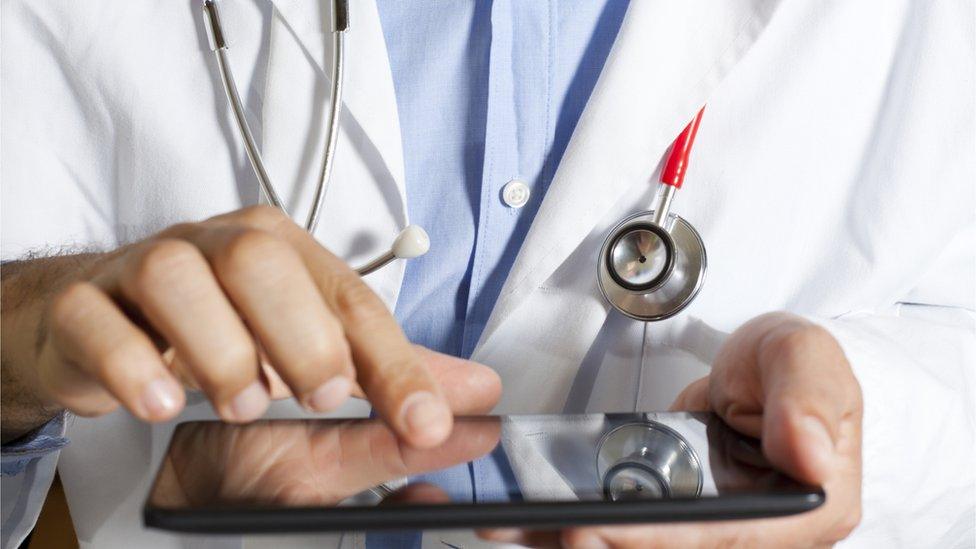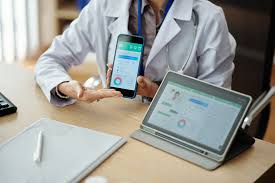Introduction
UnitedHealthcare, a leading health insurer in the United States, has been at the forefront of digital transformation in healthcare. By actively promoting Personal Health Records (PHRs), the company is giving millions of its members the tools and resources to take control of their health. Through secure digital platforms, strategic partnerships, and innovative technology, UnitedHealthcare is helping to empower individuals, improve healthcare outcomes, and build a more connected health system.
This article explores UnitedHealthcare’s initiatives around PHRs, how they benefit both patients and providers, and what the future may look like for digital health records.
What is a Personal Health Record (PHR)?
A Personal Health Record is a digital collection of a patient’s health information that they manage and control. Unlike traditional medical records held by doctors or hospitals, PHRs belong to the individual and can be updated, viewed, and shared as needed.
PHRs typically include:
- Medical history and diagnoses
- Medications and prescriptions
- Immunizations
- Allergies
- Lab and imaging results
- Wellness data from fitness devices
- Surgical procedures
- Family medical history
PHRs are designed to improve transparency, empower patients, and foster more coordinated, efficient care across the healthcare system.

UnitedHealthcare’s Early Adoption of PHR Technology
UnitedHealthcare was among the first private insurers to embrace the value of PHRs. In 2012, the company launched its own version of the Blue Button — a federal initiative aimed at giving patients easy access to their health records.
Initially launched for members in Nevada, the feature allowed users to securely view, download, and share their health data. Within a year, this functionality was expanded to over 12 million members, and soon to all 26 million members on employer-sponsored health plans.
Through the company’s secure member portal, users could:
- Download their health records in a readable format
- Print or email their records to providers
- Review diagnoses, lab results, and medications
- Identify gaps in care such as missed screenings
This bold move positioned UnitedHealthcare as a leader in patient engagement and digital health innovation.
From Blue Button to the Individual Health Record (IHR)
After the initial success of Blue Button, UnitedHealthcare launched the Individual Health Record (IHR) — a more comprehensive and dynamic version of a PHR.
The IHR pulls data from multiple sources including:
- Claims data
- Electronic medical records from doctors and hospitals
- Pharmacy records
- Lab systems
- Self-entered information from members
- Wearable devices and mobile health apps
The IHR provides a holistic view of a patient’s health, enabling smarter decisions by both the patient and their healthcare providers. It is especially useful for individuals with chronic conditions who receive care from multiple specialists.
Features of UnitedHealthcare’s Digital Health Platforms
UnitedHealthcare’s member-facing platforms (mobile app and website) are designed to simplify access to personal health data. Key features include:
- Personalized health dashboards
- Preventive care reminders
- Appointment scheduling and tracking
- Cost comparison tools for treatments and medications
- Integration with digital ID cards
- Secure messaging with providers
- Access to telehealth services
Members can track their progress toward wellness goals and even earn rewards for healthy behaviors.
Strategic Partnership with PicnicHealth
UnitedHealthcare also partnered with PicnicHealth, a service that helps individuals gather, organize, and digitize their complete medical histories.
Through this partnership:
- Members authorize PicnicHealth to collect records from all their doctors
- Records are converted into a digital health timeline
- Information is updated in real-time
- Members can share their health history with any provider instantly
This service is especially valuable for individuals with complex medical histories who want a clear, organized picture of their health journey.

Benefits of PHR and IHR for Patients
1. Health Empowerment
PHRs give patients the tools to take an active role in their care. They can monitor progress, set health goals, and better understand treatment options.
2. Care Coordination
By providing a unified health record, PHRs reduce communication gaps between providers and eliminate the need for repeated tests or duplicated treatments.
3. Improved Accuracy
Errors and omissions in medical records are more easily identified and corrected when patients can view their own data.
4. Reduced Healthcare Costs
Patients can compare prices, choose cost-effective providers, and avoid unnecessary procedures. This leads to lower out-of-pocket costs and reduced system-wide spending.
5. Convenience
Digital access means patients no longer need to carry paper files or call doctors for records. Everything is at their fingertips via mobile or web.
Advantages for Providers and the Health System
Better Clinical Decision-Making
Access to a complete health record allows doctors to make faster, more accurate diagnoses and choose more effective treatments.
Streamlined Workflow
Providers spend less time tracking down records and more time treating patients. This improves efficiency and reduces administrative overhead.
Population Health Management
Aggregated PHR data can help identify health trends, monitor chronic disease management, and guide public health initiatives.
Addressing the Challenges
Despite the many advantages, there are also important challenges to address:
Privacy and Security
Health records are sensitive and valuable. UnitedHealthcare must continue to invest in strong cybersecurity measures and clear privacy controls to protect member data.
Digital Divide
Some patients, particularly older adults or those in rural areas, may lack the digital literacy or internet access needed to use PHRs effectively.
Data Standardization
Different hospitals and clinics use different formats and systems, making it difficult to create a truly unified record. Continued efforts in data standardization are essential.
Trust in Technology
As artificial intelligence is integrated into health platforms, patients and providers must be confident that these tools are accurate, unbiased, and used ethically.

Future Outlook: What’s Next for PHRs?
UnitedHealthcare is continuing to invest in its digital health strategy. Future features may include:
- Voice-enabled access to health records
- Real-time AI alerts for at-risk patients
- Mental health and behavioral tracking
- Enhanced privacy settings with customizable sharing options
- Greater integration with fitness and nutrition apps
- Predictive analytics to prevent illness before it starts
These advancements point to a future where health records are not only more accessible but also more personalized and proactive.
Conclusion
UnitedHealthcare’s work to promote and expand Personal Health Records demonstrates a bold commitment to transparency, digital empowerment, and patient engagement. By giving millions of members access to their own health data — and the tools to use it — the company is driving a healthcare revolution that benefits patients, providers, and the entire system.
Through innovations like Blue Button, the Individual Health Record, and partnerships with tech companies, UnitedHealthcare is helping redefine what it means to manage health in the 21st century.







